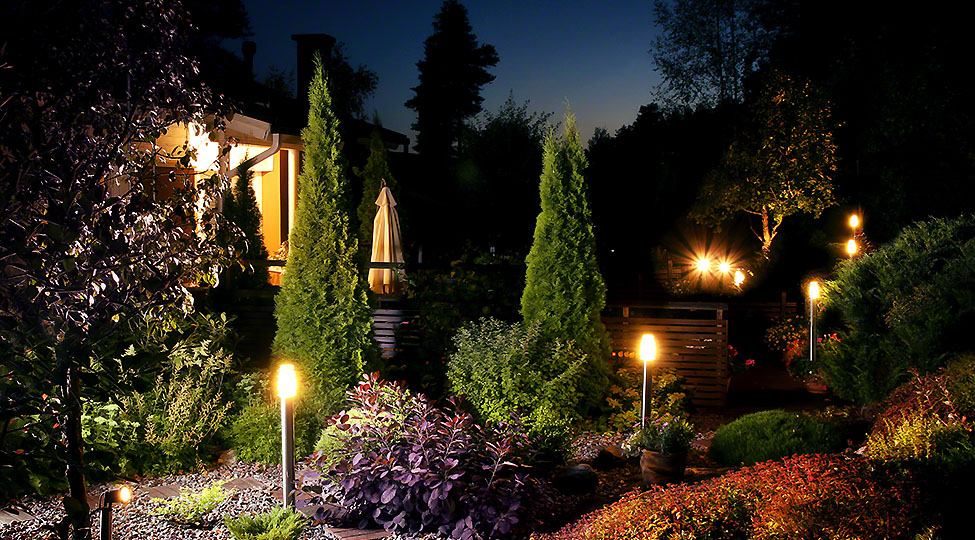When Should You Do Tree Pruning And When You Shouldn’t
Pruning a tree isn’t a straightforward thing and best left to tree services. You need to consider many factors before you go for a trim, such as:
- Tree specie
- Season
- The health of the branches
- Surroundings
And if you’re planning to prune a tree, here’s all you need to know.
Summer Is Not The Right Time
If you’re concerned about the health of your tree, you should not trim it during summers. Well, that’s because summer is their growing season for most of the tree species, and pruning them will put extra stress on them.
Also, summer is the blooming season, and it is when most of the plant diseases and insects are in action. So, by pruning your tree in summer, you’re risking its health and life, as it might die from a severe disease attack.
When It Is Okay To Prune In Summer?
It’s not a straight No-No for summer pruning. You can trim a tree in summer as well.
But that’s only when it is diseased or dead. Also, you can trim the dead branches to save yourself and the surrounding from any accident. And pruning the infectious branches will help you save the rest of the tree.
Moreover, you can prune a tree at the peak of the blooming season, as it is a highly growing season. But still, the pruning is only allowed for 10-20%, not more than that.
Prune A Tree When It Is Dormant
The best time to prune a tree is the middle of winter. Most tree species are dormant during this time, which means they’re in their sleeping phase, and cutting them will not activate insect infestation, growth, or disease.
Moreover, the dormant phase is a good time because there are fewer leaves around, so you get to see what you’re doing or where you’re cutting. So basically, it makes your job easy.
Another good time to prune a tree is the start of spring. According to arborists, you can trim the growths from the previous year during the beginning of the spring season, as the tree is ready to bloom new branches. So, the cuts will heal soon, and the tree will have fewer chances of infection.
Note: For a mature tree, the percentage of pruning allowed before and during spring is only 10%.
The Right Way To Prune A Tree
Now when you have already decided to prune a tree. Following are the things you must know.
- Different states have different laws for tree pruning, and in some regions, it is important to get a permit. So, it is better to check with your state laws first.
- It is good if you hire an expert contractor. But if you’re doing it on your own, make sure you have all the necessary equipment.
- While pruning a larger branch, don’t cut it all at once. It is better if you cut it in pieces (a meter, a time).
- Most importantly, when you cut a branch, make sure you don’t cut from its collar (the point that attaches the branch with the tree). Or else, you’ll invite disease and decay for the tree.
- And don’t put anything on the cuts, trying to help them heal. Let nature do its job.
Benefits Of Pruning
Pruning improves the overall appeal of the tree, but it is also important for the tree’s health and maintenance. Moreover, it enhances the overall curb appeal of your garden.
Some states have rules regarding tree’s growth and pruning, such as you can’t grow a tree in some area above a certain height. Also, trimming the dead, diseased, and decaying branches protects you, your surroundings, other people, and the tree as well.
Tree Pruning Schedule
Here are a few trees and their pruning times:
- Pine Trees: Late Winter
- Birch Trees: Early Summer
- Maple Trees: Early Summer
- Oak Trees: Late Winter and Early Winter
- Hedges: Early Spring
- Walnuts: Early Summer
- Cedar Trees: Late Winter
- Apple Trees: Late Winter
- Douglas Firs: Late Winter
- Honey Locusts: Late Winter
- Spruces: Late Winter
- Yews: Late Spring
Conclusion
It is okay if you decide to prune the tree independently, but there are trees and conditions when you cannot prune a tree with your DIY strategies. For instance, when the branches are wide and big, when they’re crowding other trees or when they’re obstructing a space. You definitely need a certified arborist service Maryland, then.
